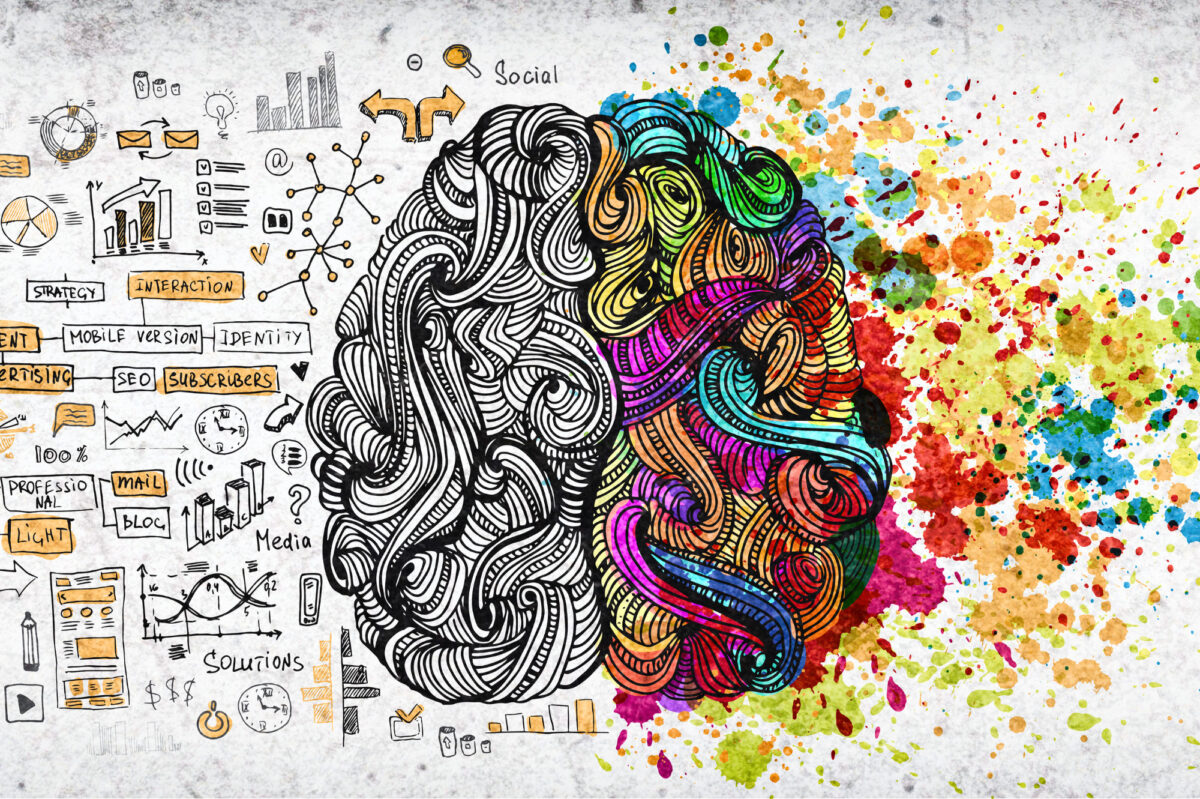Email is one of the most competitive landscapes in marketing communications. It’s also one of the most critical channels for marketers to drive valuable customer engagement. When producing email campaigns for today’s inbox, there’s a lot of opportunity to streamline efficiencies from content creation to testing to scaling, and one of the most effective ways is through leveraging a design system.
What is a Design System?
A design system is a collection of smaller components (e.g. headlines, buttons, copy blocks, etc.) that are combined into predesigned modules that work interchangeably to build and scale unique emails as well as other channel assets. The system serves as a shared language between design and development teams as the modules can be translated directly into your email service provider (ESP) to expedite production. Assets can then dynamically assemble with the help of artificial intelligence (AI) based on the personalized needs of unique individuals.
By addressing creative concerns like brand consistency, accessibility requirements, and collaboration among designers and developers on the front end with modules, you can more easily scale on the production end knowing those design standards were already built into the system. As projects grow in scope, a well-defined set of standards allow the user interface to evolve while retaining a consistent brand identity. Since the design system is a living, breathing set of elements, it is foundational that as your brand outgrows modules, those modules should be deprecated or replaced. Module updates keep your email journey fresh and will help to prevent staleness in your campaigns.

This modular approach allows you to keep pace with journey orchestration strategies, remain consistent in all facets of your brand standards and identity, prioritize accessibility, and efficiently deliver on the moments that matter without incurring excessive production costs.
AI is a Co-Pilot to Human Direction
So, what role does AI play in a design system? AI in and of itself is built on structure and efficiency and functions based on input. The benefits it brings to email design systems are no different and require human input. AI can’t empathize with people, and only moderately understands the nuances of human interaction. It may help you get somewhere faster, but it won’t tell you where to go. The direction is still a human decision. We as marketers still must connect with consumers where and how they prefer, and AI is just another tool to achieve that.
Design Systems and AI
The effectiveness of AI is only as good as the input we provide. For instance, what questions do we need to ask, and in what context do those questions need to be presented for the AI to generate content and make decisions based on our direction? If done properly, AI can be a critical tool for efficiency with things like setting up audience segmentations, testing different headlines versus body copy, scanning content for different image sizes or context, generating assets at scale that can swap modules in and out by leveraging data, and the list goes on and on. The real power behind AI, however, lies in the module framework built at the very beginning.

If you’re building within the design system, the AI will understand the context of the input you’re feeding it. It can understand the placement of where that message or content was in the email and then make decisions based on the reader’s behavior. Whether the customer is engaging with the email itself, engaging with the brand’s website, or purchasing in the brand’s store, that behavior will inform the AI’s decisioning based on what’s working, such as using one text block versus another, one image versus another, or maybe that this single module is the only communication needed for a particular customer. All those inputs, especially if you stay within the structure in which the design system allows, will increase your speed to market in terms of making informed, data-backed decisions.
The concept of design systems and AI is the idea of creating well-thought-out modules that make the email build process fluid, malleable, and easily refinable based on real results in the market. Those results could be around not only a single campaign, but a single piece of content for a particular placement for a particular individual. The possibilities are endless, and the system is continually evolving. The AI, however, doesn’t replace the designer or the marketing expert who knows how to engage with content elements, create beautiful concepts, and implement certain strategies. The AI can do a lot of the heavy lifting, but at the end of the day, it’s only as good as the people behind it.
Email Production and Fail Safes

What about production? When putting the design system into action to produce actual emails, it starts with HTML coding. Each of the blocks or modules are coded upfront and run through independent quality assurance to make sure they render properly and are ADA compliant. Now you have a catalog of content to choose from that you can apply in specific places for a specific customer, or you can let the AI system decide what to render for that customer. That transfer of information is based on the modular framework.
As part of that coding process, you must ensure the modules include things like metadata and alt text in the event something doesn’t load or isn’t displayed properly. For instance, if an image contains a call to action, a why buy, or other important messaging, you want it to be spelled out in the alt text to avoid any confusion within the overall email message.
Versatility and Speed
With design systems, there is a lot of power in what you can communicate across all channels, not just email. Design systems are channel agnostic and are scalable across other solutions, such as websites, providing a solid foundation to communicate a consistent, on-brand message across channels. That versatility also lends itself to speed and efficiency in production. With access to pre-built modules that are thoroughly tested, brand-aligned, and AI-enabled, there are very few barriers to how quickly a personalized campaign can be assembled and launched. When you think about the possibilities of building a structure, sticking to that structure, and then adapting it as you evolve, the sky is truly the limit both creatively and on the execution side.
Want to Learn More?
Be sure to check out Ansira’s latest webinar, Edge of the Inbox: Design Systems + Inbox Innovation, where host Erin Zaborac partners with Ansira’s Senior Director of Design Michael McMillan, and SVP of Channel Integration & Delivery Richard Flores, to discuss the role of AI, creative, and design systems to drive valuable engagements with consumers.

